How to Use Julia Rothman’s Nature Anatomy in Your Homeschool
Most of us love finding ways to encourage our kids to get outside and enjoy nature! I’ve always looked for ways to help my children learn and explore outdoors whether we lived in a big city, an apartment complex, or in the woods in the country. While free observation and exploration are educational and enjoyable, my children and I benefit from having a guide to help our free spirits get more organized. And I, as a homeschool mom, value resources that encourage my homeschooler to develop a love of nature and a desire to learn more about it.
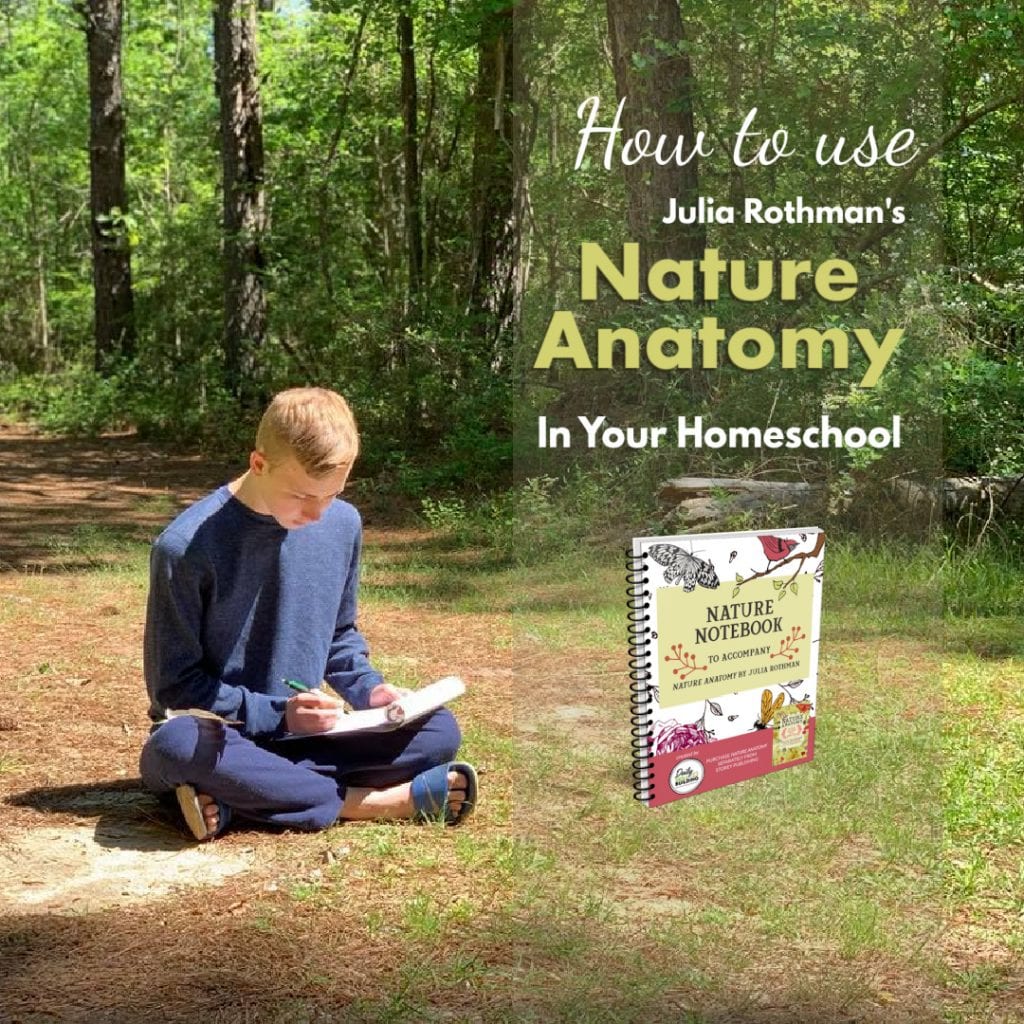
Be sure to read all the way to the bottom of this article! There, you’ll find a giveaway AND a discount code for 15% off your purchase of the Julia Rothman Companion Notebook Series.
How to Use Julia Rothman’s Nature Anatomy (and the Other Companion Notebooks) in Your Homeschool
The Julia Rothman Companion Notebook Series, a digital/downloadable series from Daily Skill Building, is designed to accompany the Julia Rothman Collection. (The Julia Rothman Collection is a series of nature study books. You can find them on Amazon.) These notebooks are my new favorite way to accomplish my science and nature study goals! They are for children in grades 3-8 and, in my opinion, turn interesting books into truly educational resources!

When I was given the opportunity to use and review the Nature Notebook and the other companion notebooks that go along with the anatomy book series, I was excited! I’m always open to new science- and nature-related resources. Since these resources are new to me, though, I had no idea what to expect. I have to start by saying I was NOT disappointed by what I found!
On the first few pages of the Nature Notebook, I found that there were many free printables and links to a wide variety of resources for further learning. The notebook includes links to fun crafts and activities, convenient printables for nature walks and studies, and handy copywork pages all centered around the nature theme. Additionally, each chapter of the notebook begins with an overview of the focus, extra printables, and links to even more resources such as unit studies and other activities.
What You Need to Know About the Companion Notebooks
You may choose to print the entire notebook or just the pages you need.
These downloadable companion notebooks are quite long. The Nature Notebook (which accompanies the Nature Anatomy book) is 172 pages long, so you may choose to print only the pages you need if you’d rather not print the entire document. (Some print shops give discounts to homeschool support groups and organizations. Be sure to check!)
They’re easy to correlate with the related book.
Each companion notebook relates to a particular book. Each chapter in the notebook begins by suggesting which pages of the related book correlate to that chapter. This is a wonderful time-saver and stress-reliever!
They include questions that are easily adapted for both younger and older students.
For younger students, the journals include questions designed to encourage students to think about and repeat what they’re learning. These questions are great for younger students who can answer fact-based questions relating to information that was clearly stated in the text.
For older students, there are questions designed to encourage the students to think more deeply and critically about what they’re learning. For example, older students can answer questions not only about factual information from the text but also questions requiring them to explain what causes a thing to occur or to explain why a certain thing happened.
They include space for drawing/artwork.
There are places for children to draw pictures based on what they’re observing and learning. Older students can create artwork (Some chapters even include links with guided drawing activities.) that details what they’re learning. If your student, like mine, does not enjoy drawing, you may choose to skip the drawing pages. Or you may want to encourage those students to stretch their skills by practicing a few drawings.
If you’d like to use these pages in different ways (other than drawing) you could print pictures from some of the suggested online sources and have them cut and paste them into the notebook. Or, if you have a child who enjoys photography, you can include photos he or she has taken. This article includes a few of our favorite photos taken with a cell phone! (If you have a fancy camera, that’s great! If not, that’s ok too.) You can print out your pictures on your own printer, or you can send them to a local store and have them printed more professionally. It’s up to you!
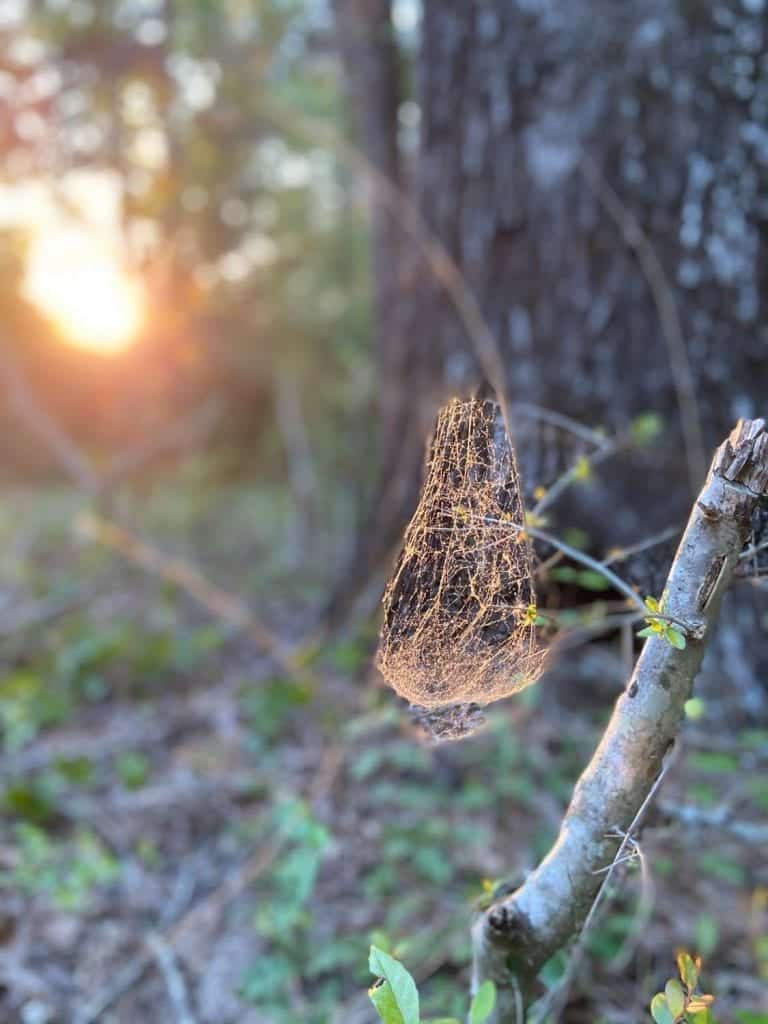
Most journal chapters for the Nature Notebook include links to additional resources.
Most of the chapters in the companion notebooks include links to resources and information to go along with the topic. This is super important because this additional information added tremendously to my son’s interest level and to the amount of information he understood and retained from each lesson.
For example, in the chapter about weather, there are links to printable charts, guided drawing activities, terminology-related copywork, and more! In studying the pages related to clouds, my son and I found that looking at the types of clouds was interesting, but drawing them really added to our understanding of them (even though he doesn’t normally love to draw). When my son put pencil to paper to actually draw some of the clouds, he automatically thought more deeply about why the types of clouds looked so different and began asking me questions about them. This led to a very cool discussion of how clouds “work,” and we both came away with a lot more knowledge than we had previously.
Some Things I Love About the Companion Notebooks
They encourage new investigation of familiar material.
I love that each journal asks questions that encourage a new look at familiar material. For example, the Nature Notebook shares information about bird feathers, beaks, and eggs–which many children have seen before. Most children enjoy encountering information they already have some knowledge of because it gives them a sense of accomplishment and familiarity. Then notebook goes on to share new and interesting information that will encourage the children to think about previously-known information in a new way and to think about both previous and new information in ways they might not have otherwise investigated.
These companion notebooks also encourage children (and parents!) to take a closer look at nature in general. Even if the notebooks don’t specifically mention, for example, a butterfly or a pinecone, you’ll probably naturally be inclined to take a closer look at these while you’re taking a closer look at whatever it is you’re specifically studying. Simply put, you’ll pay more attention to everything you see in nature even while you’re looking for specific things.

They bring new ideas to life.
I found that working in the companion notebooks helped bring alive some ideas from the correlating books that might have otherwise been glossed over. For example, my son and I very much enjoyed the book chapter related to birds. When he began working in that chapter of the notebook, he was able to slow down and really consider the different types of bird calls, feathers, and reasons why birds have variously shaped and sized beaks. He was also given a place to draw various kinds of bird eggs.
The next time we took a walk outside in the woods, we were much more interested in stopping to listen for bird calls so we could identify the birds we heard. We didn’t have complete success, but we had a great time laughing as we listened to their calls and read the suggestions for what it sounds like the birds are saying. In other words, we both learned something (Did you know that birds living in different areas have different dialects?!) and had a great time!
They make a great ongoing resource and keepsake for the future.
Whether you choose to print the entire notebook or just the pages you need for writing, drawing, etc., the pages you print will make a beautiful keepsake that your student can add to over the years. For example, your elementary student could complete some of the questions and drawings and return to the book and notebook in junior high and again in high school to add additional information. In this way, the notebook could even be a little like a time capsule for you and your student!
The series is secular but Christian-friendly.
I will explain this in more detail below in the “Final Notes” section.
There is no prep-work needed!
If you choose to print the notebook pages (or have them printed), I supposed you could consider that to be prep-work. Other than that, though, all you have to do each day is grab your book and companion notebook and get started! As a busy homeschool mom, I so much appreciate the fact that these resources are that easy to use! And I feel like the information included and the things my son is learning are just as thorough and just as much fun as they would be with any other curriculum that requires a lot of time and effort ahead of time.
You can get an entire set of companion notebooks!
As mentioned previously, there is an entire series of companion notebooks for the Julia Rothman series (plus bonuses!). In other words, in addition to the Nature Notebook (which goes with the Nature Anatomy book), there are also the Farm Notebook (to go with Farm Anatomy), the Food Notebook (to go with Food Anatomy), or the Ocean Notebook (to go with Ocean Anatomy). There is also a Birding Notebook (to go with Audubon Birding Adventures for Kids) for those who are especially interested in taking a closer look at birds. (The Birding Notebook is a free bonus when you purchase the set of notebooks. You’ll find more information below in the section called “Companion Notebook Bundle with Free Bonus.”)
If you’re like me, it may be impossible to choose just one!

Nature Notebook
The Nature Notebook is a great resource for all ages. There are so many links and so much information that it would make a great science/biology curriculum for kids from kindergarten up to high school. Any parent who is on a budget is seeking to provide a well-rounded science or biology course could easily adapt this resource to create a year-long (or more) study for their student. One of the great things about it is that it could easily be used for a “one-room schoolhouse,” because of the variety of questions and information included.
Who Would Love the Nature Notebook
- Students who already enjoy nature but want to more fully appreciate and learn more about it would find this Notebook to be an excellent framework for a great curriculum.
- Those who don’t know much about nature would definitely benefit from this Notebook. The information and links are so varied and numerous that you are certain to find something that sparks interest in your child.
- Families who feel like they can’t study nature because they live in the city or other areas that don’t seem to lend themselves to the study of nature will find that this Notebook gives you the resources you need to make it happen. The questions and links in this Notebook will bring your awareness of nature to life so that you can see the nature that is all around you. From the mayfly on your windshield to the pigeon in the parking lot, you will begin to notice more about nature and hopefully begin to seek it out in a meaningful way through the use of this Notebook.
Food Notebook
The Food Notebook was created to accompany the Food Anatomy book, which digs into the study of social studies in a way that is both novel and fascinating. While the Food Notebook does not include links to other resources, it does include many places for illustrations, writing definitions, explaining concepts, and more.
My favorite page in this notebook is the one for the creation of a fishmonger’s visual lexicon. My son’s favorite page in the notebook was the one in which he got to illustrate and label the Scoville scale. I allowed much freedom of expression (and many laughs!), and I think we’ll both remember a lot from this one! Take a look below to see the Scoville scale and our illustration of it. 🙂
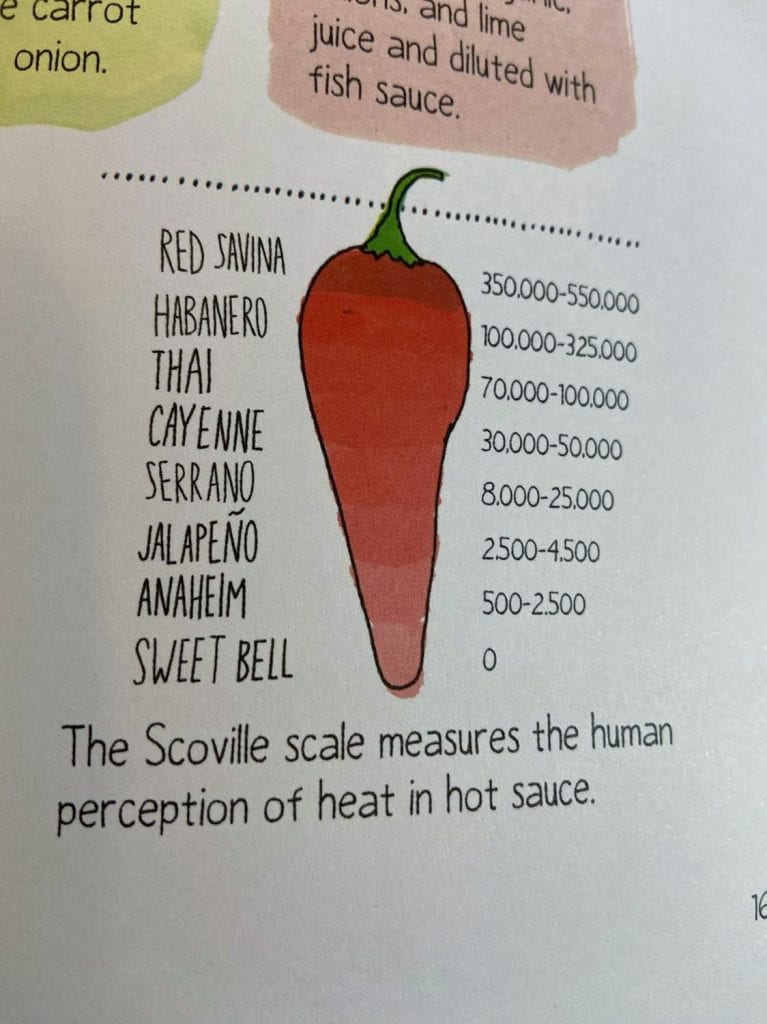

This notebook and the book it was created to accompany may be better suited to students who are in the upper elementary grades and above. They are definitely enjoyable and interesting but require an understanding of more complex concepts and more difficult terminology regarding foods, kitchen equipment and utensils, and food-related traditions from around the world. They have fun (and even funny) facts but might be difficult for younger students to fully grasp due to unfamiliar terminology related to other nationalities.
Also, I have to say I never would have thought a study of food-related information could be so much fun. 🙂
Who Would Love the Food Notebook
- Young foodies would enjoy having a world of international foods opened up to them. My son has always been fascinated with food and its history, and we thoroughly enjoyed working through many pages in this notebook.
- This is an excellent non-traditional way to study the world and so many of its various cultures.
- This would also be perfect for a student who needs additional social studies education.
Farm Notebook
The Farm Notebook includes pages for answering questions, creating illustrations, and demonstrating understanding of information learned. One of my son’s personal favorite pages in this Notebook is the one in which he got to illustrate the development of a chicken embryo. Similar to the Nature Notebook, there are links to activities, worksheets, printable fact cards, and guided drawings. Others go even further and include links to resources for long-term projects such as composting with kids, birdfeeder crafts (that don’t require expertise in woodworking!), and canning with kids, to name a few.
Who Would Love the Farm Notebook
- This notebook would be great for students of all ages.
- Older students could work through the notebook as well as many of the accompanying links independently.
- Younger students would definitely need much more adult guidance but could definitely enjoy and learn from this resource.
- Whether or not your students know anything about farming, this resource would be another great educational resource and keepsake to enjoy for years to come.
Ocean Notebook
The Ocean Notebook, as with most of the other notebooks, does include some links to printables, unit studies, life cycle activities, matching games, and more. The extra links in this notebook are found on one page at the beginning of the notebook. Interestingly, this notebook includes questions about topics covered in the book all the way from the ocean floor to the waves and birds above and many of the fascinating large and small creatures that live on its shore.
As is the case in the other notebooks, there are places for illustrations, recording of facts, simple questions based on facts, and questions designed to generate thoughtful consideration of more complex ideas. For example, a younger child may answer the question, “What is a group of dolphins called?” while an older child may want to discuss some of the creative ways in which dolphins behave. At my house, questions such as this often lead to more research and further discussion, which my student thrives on.
Who Would Love the Ocean Notebook
- Most kids, teens, and even adults enjoy learning about the ocean and the beach. The Ocean Notebook helps the ocean come to life and made my family want to take a “field trip” to the beach!
- This notebook, much like most of the others, would make a great resource for students of all ages.
Companion Notebook Bundle (with Free Bonus)!
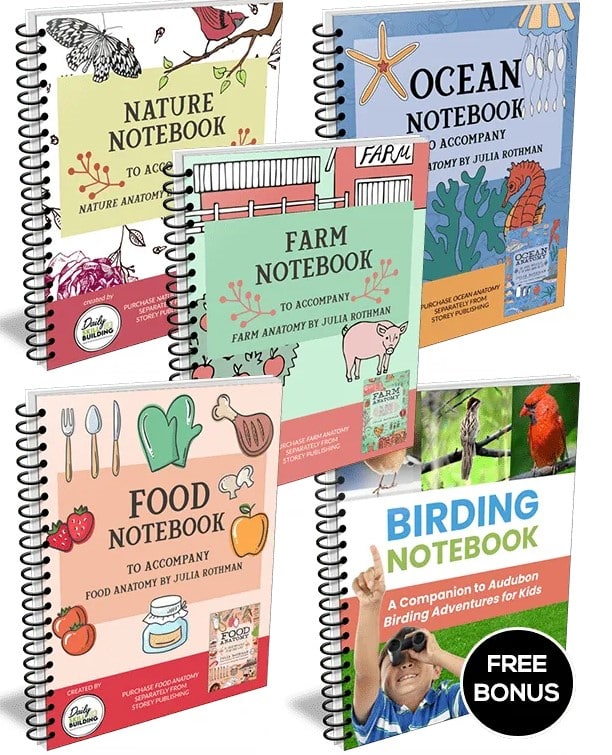
If you’d like to buy the set of four companion notebooks, you’ll receive the Birding Notebook for free! (The Birding Notebook accompanies Audubon Birding Adventures for Kids, which is sold separately). It includes information about 25 birds as well as their habitats, beaks, feathers, and more! It also includes space to document your birding activities and journal pages for documenting a birdwalk.
Final Notes:
This series is secular. There is no faith-based content, but it is Christian-friendly. Any mentions of evolution and/or the age of the earth from the book(s) are noted at the beginning of the notebook(s) and have been left out of the companion guides.
The Ocean Anatomy book does include some information related to evolution, environmental issues, and sex/reproduction. There are NO questions or activities related to these topics in the associated notebook.
The Food Anatomy book contains references to beer and wine and one image which I would suggest that parents consider for appropriateness. References to these have been left out of the notebook as much as possible.
In both the Ocean Anatomy notebook and the Food Anatomy notebook, book pages that may be of concern are conveniently listed at the beginning of the notebook so that parents may preview the pages in the book before sharing them with their students. I personally chose to include and discuss these topics with my student (with the exception of the picture of a wooden nutcracker which is carved in the image of a naked woman which I marked out with a permanent marker).
I highly recommend the series of anatomy notebooks along with the books that they were created to go along with. My son is learning so much from including the notebooks as he reads through the books. I am enjoying the addition of questions and activities that truly turn these books into a thorough educational resource for learners of all ages and learning styles.
Ready to Buy AND Get a Discount?
If you’d like to buy one (or the whole set!) of these companion notebooks, we have a discount code for you. Use the code HHM15 to get 15% off your order! This code is good through 6/30/21, so don’t wait to order! You’ll find links to each notebook and the whole set of notebooks by clicking this link.
Julia Rothman Books and Companion Notebook Series Giveaway
[mks_pullquote align=”left” width=”760″ size=”18″ bg_color=”#000000″ txt_color=”#ffffff”] 

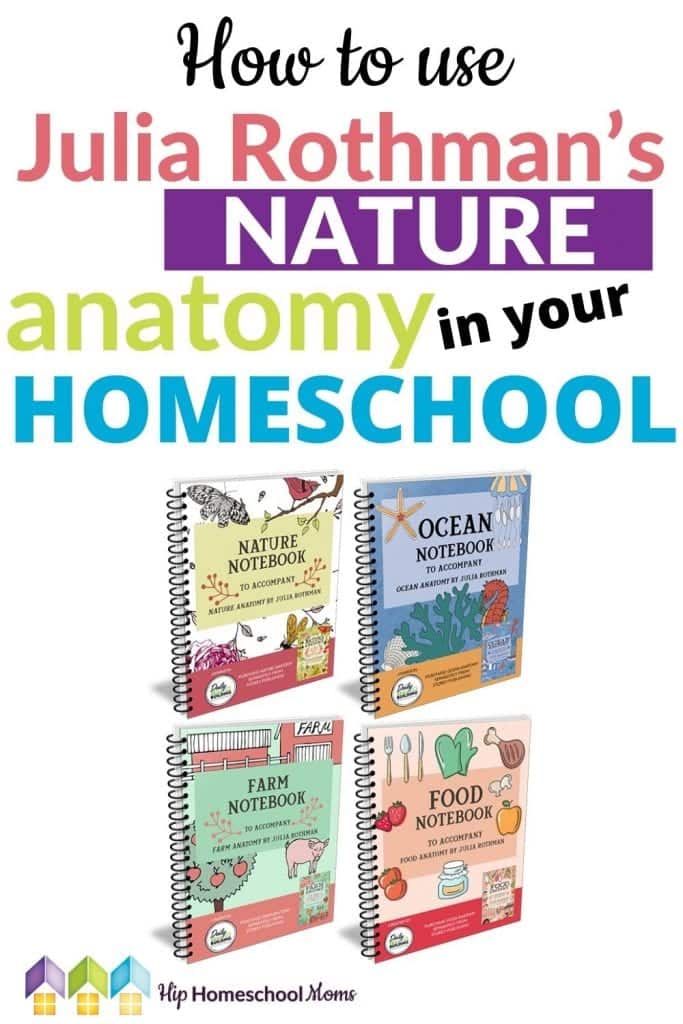


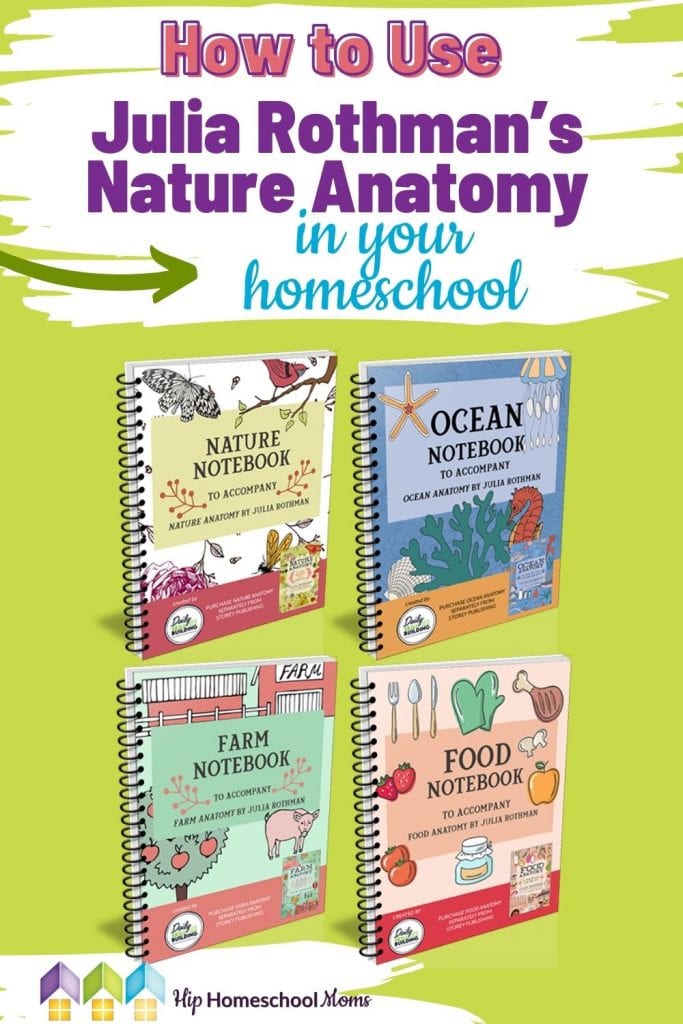
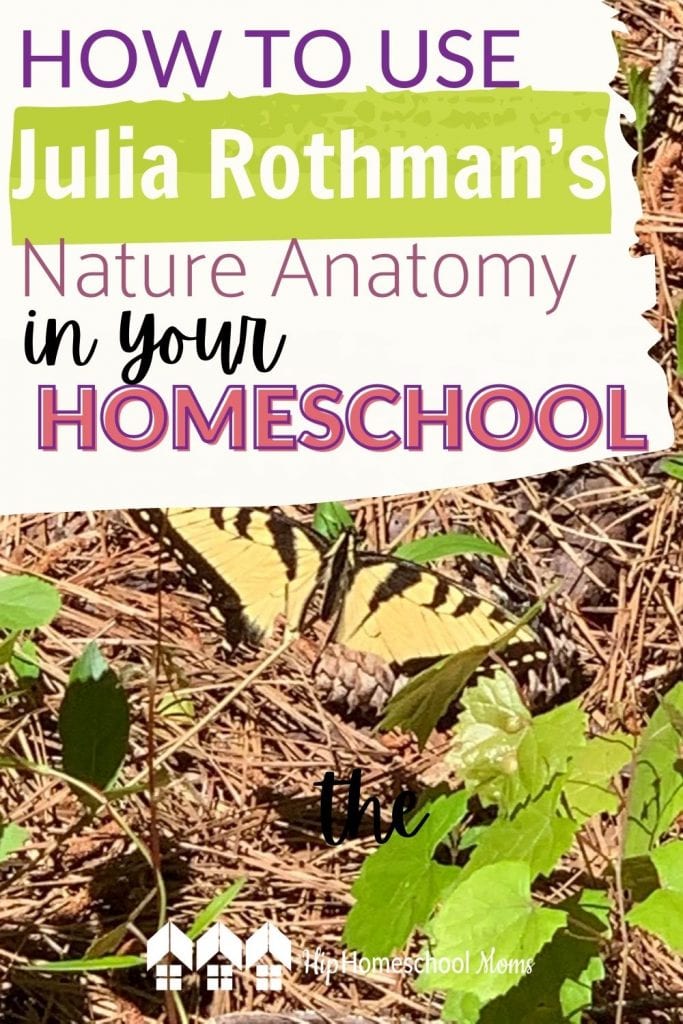

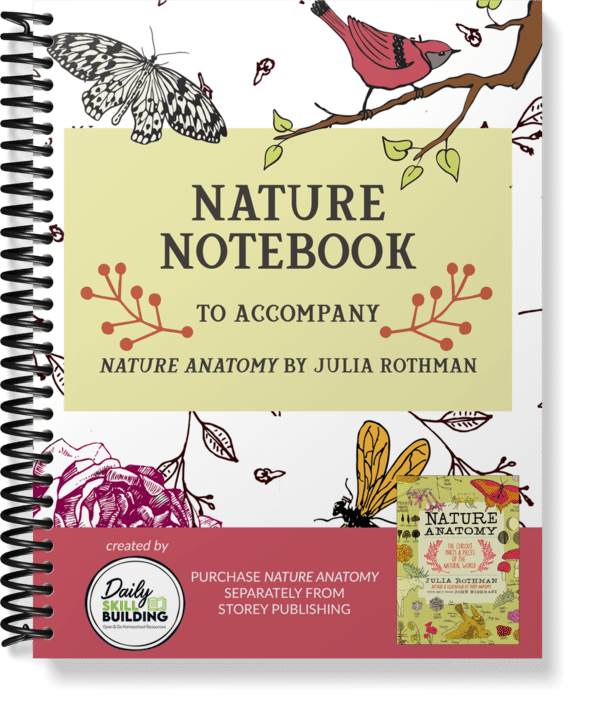
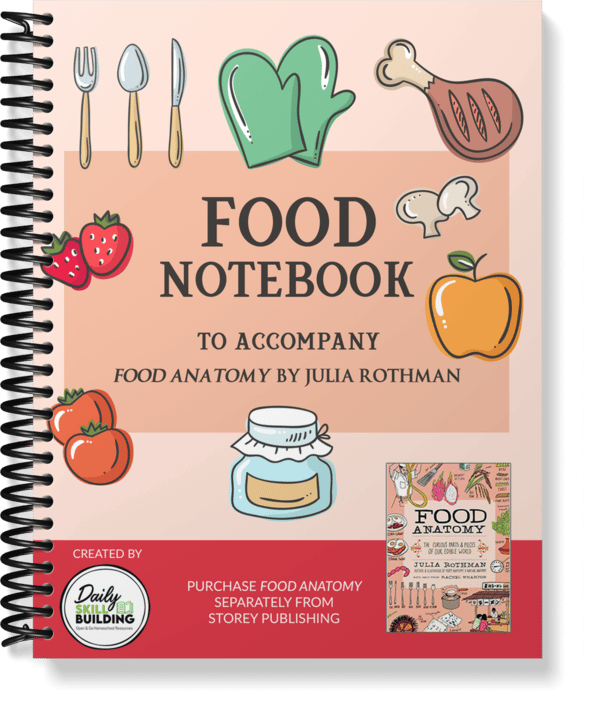

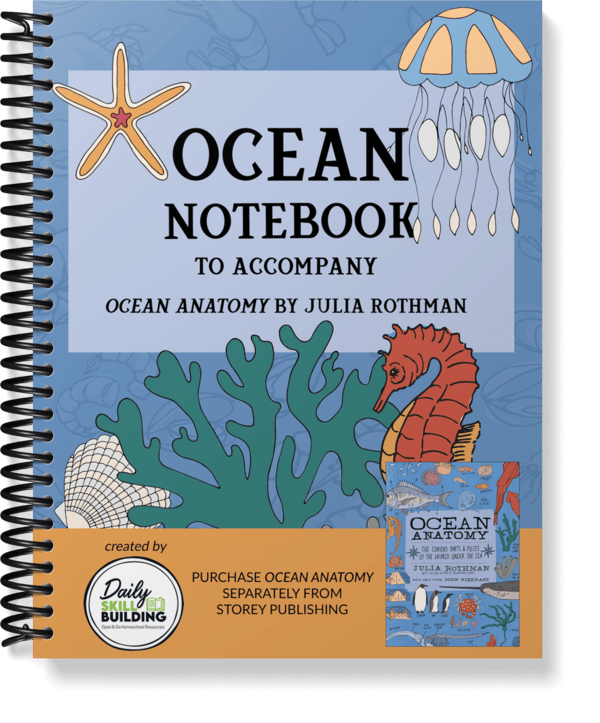

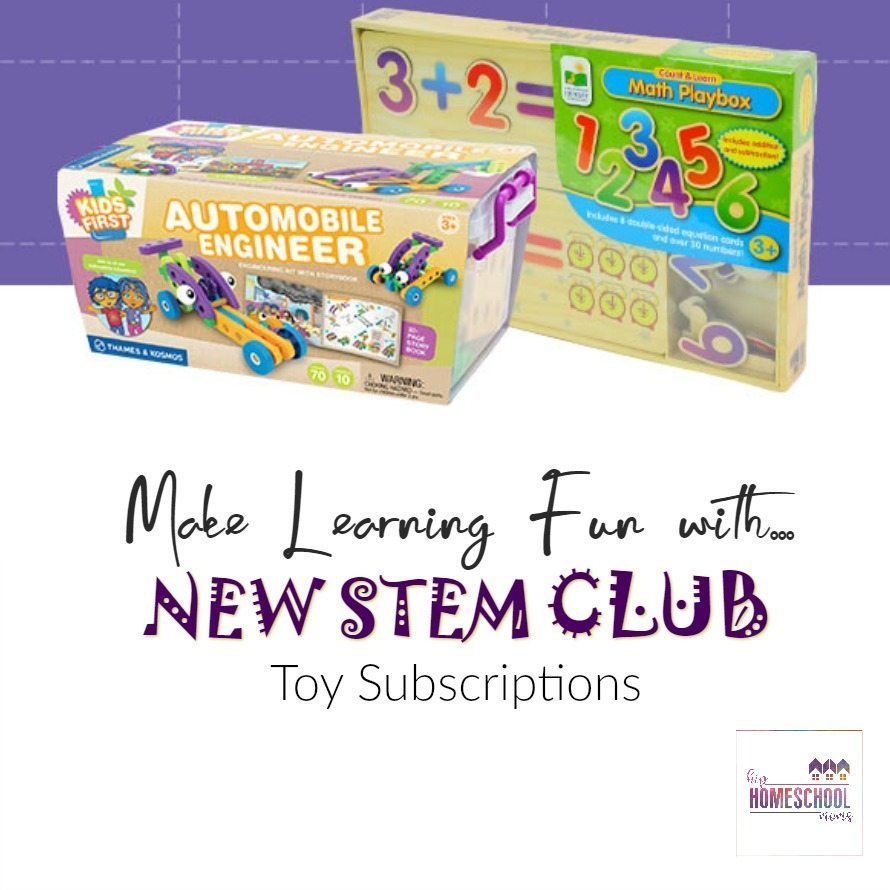
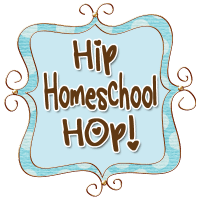

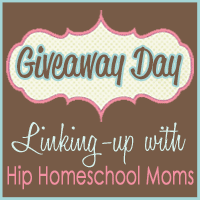
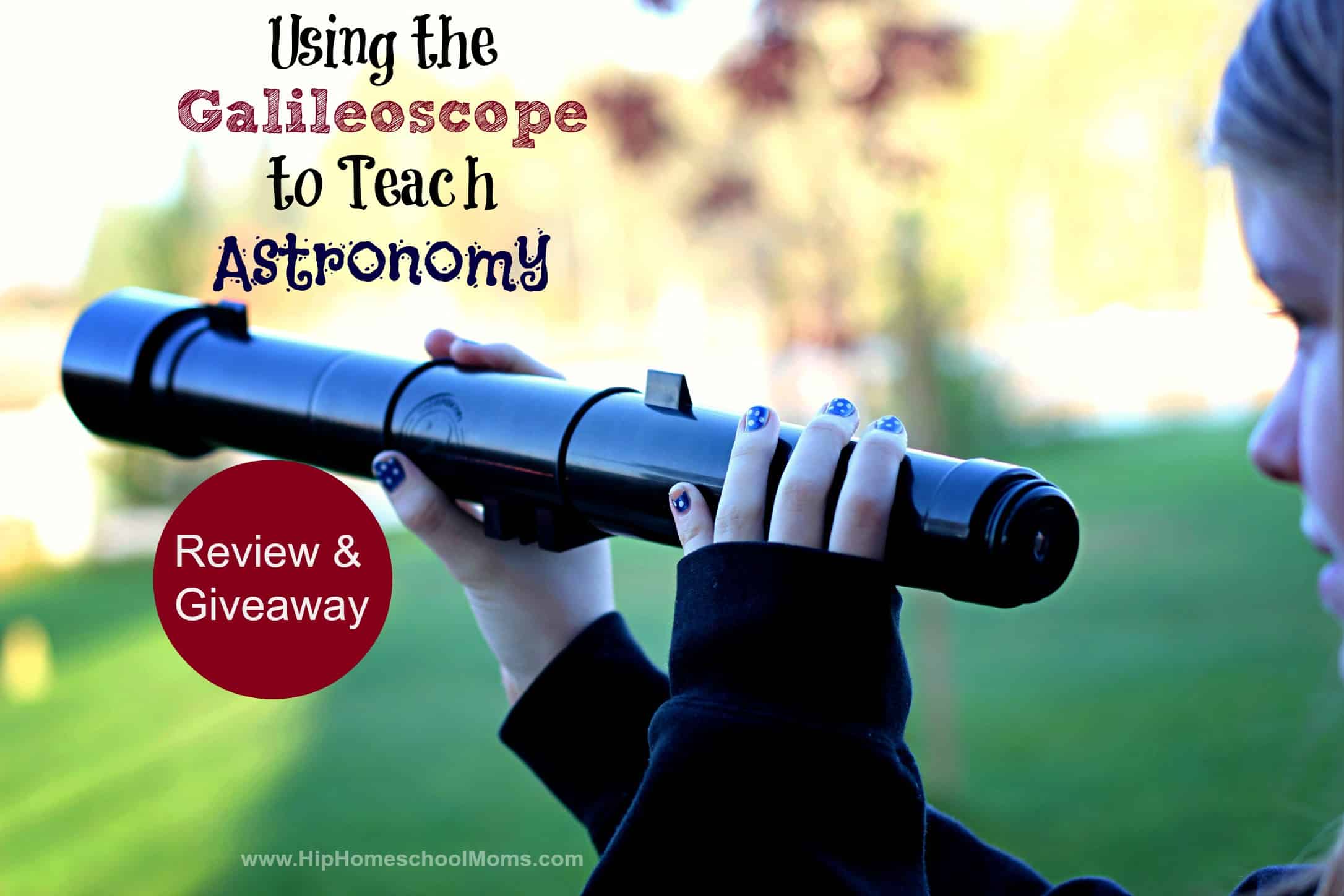
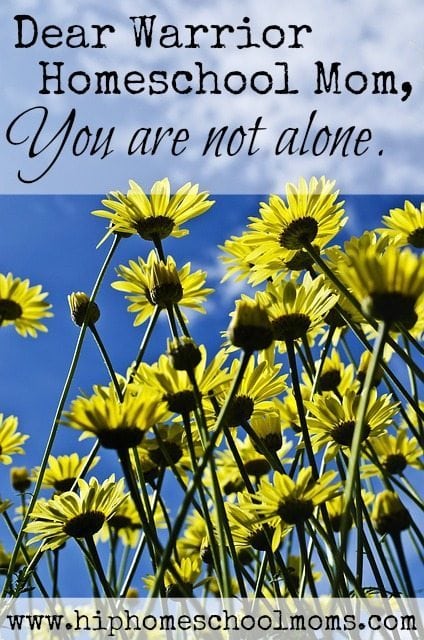
I have had my eye on these notebooks for a while now. I would love to win these!!
I have heard so many great things about these books! I love that there is notebooks to go with them now!
These look super cool. I’m a new homeschool mom and I’ll take all the help I can get.
We are health nuts, so the Food one sounds neat, and we are all about nature. But my oldest is all about the ocean and my middle son loves the farm. So, I’m not really sure which one we’d enjoy the most!
This is such a great giveaway. I’ve been wanting to get these for a long time.
I’ve always looked at these books but this spells out how to use it as curriculum perfectly.
I think we would love the Nature book but all look like so much to learn from.
I’m most exciting about the Nature Notebook because I want to learn more about flowers.
my kids LOVE science and want to learn more!
We have been loving studying the ocean lately, so I think that one looks fabulous! Thank you for the giveaway!
I love this series and have been saving to get them all. I didn’t even know the notebooks existed!
I’d love to have all the books and workbooks but most of all the Oceans one for our frequent trips to San Diego! My kids love science but love it even more when it’s hands-on.
Thank you for offering your thoughts and this giveaway. I wasn’t sure about the solo books, but your review and the notebooks make it look truly great!!!
I love Julia Rothman’s books! We have a couple and I’m hoping to get the ocean guide soon. We don’t have any of the companion notebooks though. They look awesome as well. I think that first I’d do the farm book. My girls are still preschoolers. we are slowly creating a mini farm on our property. 🙂
They all sound really exciting. My middle daughter loves birds so that one would be her favorite. My younger daughter would love the farm one and so would my youngest son.
I am most excited about food and birding. My daughter already loves birding, but she really needs to learn to cook!
Great give-away, looks like a fun set! AnaMaree (homeschool mom and bookshop owner)
I looove those books (we have all 4)! The notebooks are on my wishlist for a little later as my kids are still young but I want all of them! They look neat!
They all sound wonderful! but definitely the ocean, so exciting!!
@tisonlyme143
I would love to win any of these books. They are currently not in the budget but adding them to our Curriculum budget for next school year!!!
I love the Food Anatomy book! I’m putting these on my list of potential curriculum and entering the contest for sure. I know kids would get a lot out of this and it could be used for several years.
These look like such fun! Might be just what my boy needs.
We’ve used part of the ocean anatomy notebook and would love to do it again with the nature notebook. I love the spaces to either draw or write their responses to fuel their creativity
This is awesome! We love the Julia Rothman books and the notebooks sound so amazing-what a beautiful gift to homeschoolers!
I love Julia Rothman! I have been eying those Companion Notebooks for a while now, and it was great to read more about them. Thanks!
I’ve had Julia Rothman’s books on my Amazon wish list for quite a while. I had no idea there were notebooks to go with them.
This looks very interesting. We enjoy seeking routes of learning which are more hands-on.
I’ve looked at these several times but haven’t bought them yet. They look so fun!
Love the picture of the little person eating hot peppers 🙂 Great review, I’ve been wondering about these books!
This is an awesome giveaway 😍 Been looking at her books for a while!
My kids love science and are obsessed with Jonathan bird and ocean animals, so I’m thinking the ocean notebook would be a favorite here.
They all look awesome! I need to get these. The food one would be perfect for my middle kiddo because she’s a foodie.
My girls love science and nature! I think the food and farm ones would be of particular interest to them.
Nature or Farm we would like best. We own most of the collection of books but haven’t really done anything with them. This would be a great way to make a good use of them.
These all look so cool! I want to use the Nature Anatomy notebook for our Nature Club next year!
I’ve been wanting to buy these since I found out about them! They are so beautiful! They will be such a blessing to whoever gets them!
These notebooks look wonderful!!! I would love to try the nature one, first. My sweetie is an auditory learner (and noticed bird calls at a very young age), and I think this would lead her into visual nature learning so nicely.
I am most excited about birding.
This looks like a wonderful series for kids of all ages and learning styles. Thank you for sharing your review. I look forward to checking it out.
My children and I love exploring nature and these books would be a great addition to our curriculum. Especially interested in the Nature book.
My children love Science but I’m not so great at it so these notebooks with those incredible books would make Science great for us all!
We have some of the books but haven’t tried the journals yet. They look awesome! We live on a small farm, so that one would be fun, plus my youngest daughter is into marine biology, so that would also be a choice!
These sound amazing. I have owned the physical books for some time. Adding the notebooks will help our family dive in deeper.
So excited about this!!!
These look so wonderful!! The books are amazing and these look like they’d add so much the conversations with the kids.
These are the kinds of resources that make homeschool enriching and unique.